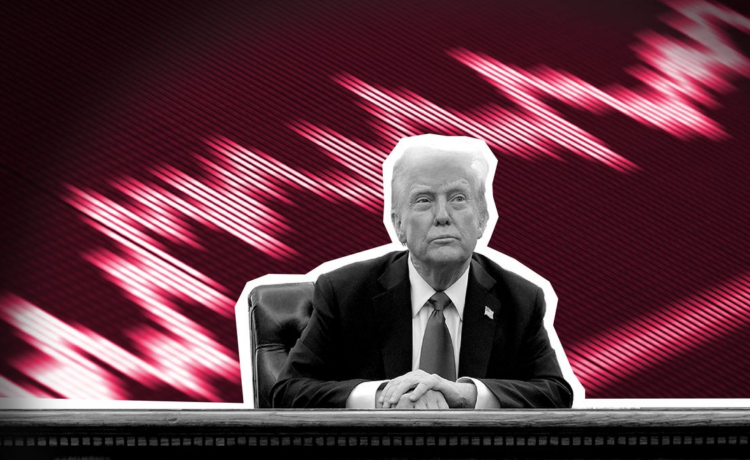U.S. markets fell, recovered and continued to fluctuate wildly on Monday, the second day of trading after President Donald Trump’s tariffs took effect April 3.
The markets are trading in uncertainty as the tariffs continue and as Trump threatened to add 50% duties on China if it retains its retaliatory measures against the U.S.
Stock numbers at close of trading on Monday from included:
- Dow Jones industrials: Down 0.91%, or 349.26 points, to 37,965.60.
- S&P 500: Down 0.23%, or 11.83 points, to 5,062.25.
- Nasdaq: Up 0.10%, or 15.48 points, to 15,603.26.
As market volatility continues to feed fears of inflation and recession, it’s hard to resist comparing what’s happening now with historic stock market crashes of the past.
Here’s a look back at some historic market declines.
When has the stock market declined?
Can’t see our graphics? Click here.
Those declines were harbingers of monetary hardship that in some cases lasted for years before the economy began to recover.
But while immediate stock losses caused by tariffs were the most significant since those from the COVID-19 pandemic, they don’t match historic market crashes.
1929: The Dow Jones industrial average declined nearly 13 percent on Oct. 28, 1929. The day became known as Black Monday. On the next day, Black Tuesday, the Dow dropped nearly 12 percent.
1987: The Dow dropped 22.6 percent, unleashing the first global contemporary financial crisis. That’s still the largest one-day stock market decline in history.
2008: Known as The Great Recession, the financial crisis of 2008 started with the collapse of Lehman Brothers on Sept. 15, 2008, the largest bankruptcy in the U.S. at the time. The Dow fell more than 50% from its 2007 peak by March 2009.
2010: In what became known as the 2010 Flash Crash, the Dow lost nearly 9 percent in a matter of minutes. The markets quickly recovered and closed slightly lower at the end of the day. The cause was attributed to automated trading algorithms misreading market conditions.
2020: The COVID-19 pandemic crash started in March 2020 with significant declines in global stock markets. The Dow recorded several large points drops over the span of a few weeks.
CONTRIBUTING Medora Lee, John Bacon, Francesca Chambers, Joey Garrison, Savannah Kuchar and Andrea Riquier, USA TODAY
SOURCE USA TODAY Network reporting and research; Factset; Reuters; Federal Reserve History





